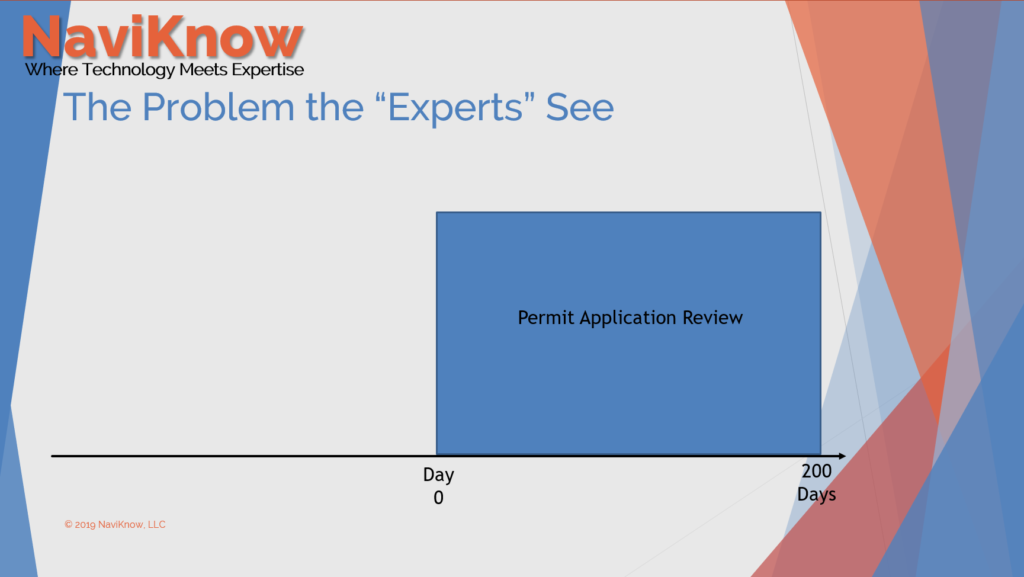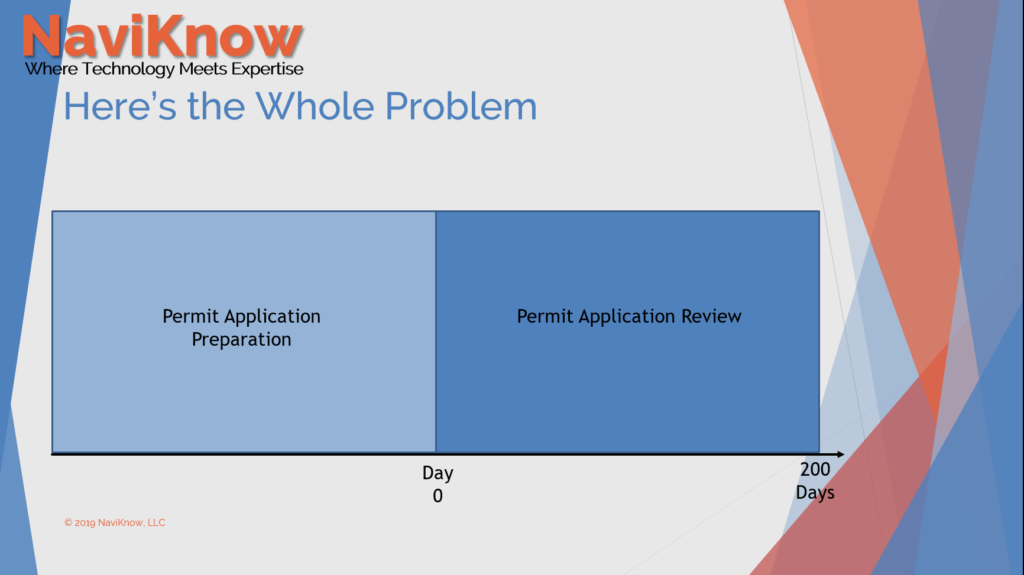It’s 2019. We all take for granted that we can flip a switch and our lights go on, that we can go online, select, buy, and have delivered to our doorstep, almost any product we want, that we can make that purchase from our smart phone (a.k.a. mini-computer), and that our purchases and anything else we can do on our phone is all possible because we have the ability to communicate with our phone. We think nothing of it, like we have always had this capability. Well, we haven’t. The main reason we have these capabilities today is that certain people, Nikola Tesla, Jeff Bezos, Steve Jobs, and Grace Hopper, posed ideas outside the realm of mainstream thought and challenged the established conventional wisdom as well as the established experts.
Tesla challenged Thomas Edison, THE expert in electrical generation. Edison’s direct current (DC) generation system had severe limitations and could not be scaled up beyond a neighborhood level. Tesla, a complete unknown, proposed a different generation paradigm based on his alternating current (AC) induction motor. Now we have electrical power grids that span continents.
Jeff Bezos started a book selling business, not in a physical store, but on this thing called the internet that most people had never heard of. When he started his business, only years earlier it was illegal to exchange money over the internet. How did you exchange money over the internet in the early 1990’s? That problem got worked out, too.
Steve Jobs had a vision that computers could make our lives a lot easier but they had to be portable and easy to use. In the
Though Jeff Bezos and Steve Jobs are well known for their successes, neither of them and none of the other tech-giants would have gone to such heights in life without the work done by Rear Admiral Grace Hopper. Who was Grace Hopper? She made it possible for humans to communicate with and give instructions to machines, specifically computers. Not just a machine, but with all machines. She lead the group that developed machine independent programming languages from scratch.
All of these, and all other, great giants of innovation got to where they did by redefining the problems they faced and solved those problems outside of usual methods. They had to. You can’t get to a 3-D printer by using stone knives and bear skins.
Who We Are
Just to be clear, we at NaviKnow do not put ourselves anywhere near the stature of
The problem we are working at solving is how to drastically shorten the time frame and effort for someone to apply for and have issued an air quality permit that follows the law, meets all the requirements, allows the public to feel safe, and keeps industry prosperous. Nothing glamorous, but something worth solving that we have a lot of experience with and believe we know how to solve it.
Solving The Correct Problem
At NaviKnow, we consider ourselves problem solvers. This is what we went to college for and what we have done for over 25 years. The first step to problem-solving is making sure the correct problem is being solved or else matters can be made worse. Take, for example, the bubonic plague during the middle ages in Europe. The authorities thought that dogs and cats carried the disease (which they did but not in the way the authorities thought), so they started killing all the dogs and cats. Matters got worse. Why? The dogs and cats were the predators of the rats that physically carried the fleas that had the disease. Though the dogs and cats did carry the fleas spreading the disease, they also kept the spread in check by killing rats.
Many solutions for reducing the time and effort to issue an air quality permit have been proposed over the years, such as changing paper forms, introducing “electronic” forms, streamlining the application review process, and expediting application reviews for a fee. All of these have had limited and short-lived success at great cost to industry and the tax payer. Why? Let us explain.
The main reason the time and effort to issue an air quality permit has increased over the past 25 years in spite of the all the “improvements” is not because there are too many rules and regulations, though they do add to the problem, but because the real problem has not been posed. The problem that has seen many millions of dollars and thousands of man-hours of investment by state regulators, EPA, and industry trade groups over the years is focused on the process once it is received by the regulator, as depicted below. The 0 to 200 hundred days is the approximate average processing time for an air quality permit application in Texas. The time frame for other states probably is not much different.

The reason for the lack of substantial improvement in reducing time and effort is that only a portion of the problem is being looked at, similar to eradicating dogs and cats in the middle ages. What about the time and effort spent putting the application materials together? From my own experience, I know it can take weeks and months to identify, locate, obtain, and manipulate all the information necessary for an air quality permit application, including the dispersion modeling. Is the time and expense on the application preparation worth anything?

There is a Solution, Though
All the form changes and required spreadsheets used by many regulatory agencies may shorten the review time of applications on the regulator side, but these “solutions” only look at half of the issue and are piece-meal at best. In fact, they add to the time and effort to prepare the application. Application review streamlining, like short-cutting the review steps or expedited reviews, also ignore the front-end of the process and have an upfront or downstream monetary cost to the application without any real reduction in overall time or effort.
At NaviKnow, we will not make a complaint unless we pose a solution. The simple solution to the air quality permit application preparation and review process is better use of technology. There are a lot of details to fill in, but the foundation of our solution is described in a presentation made a few years ago regarding air quality data. Our proposed solution does challenge the established regulatory mindset, similar to Tesla challenging Edison. Keep in mind how that turned out.
The solution we pose is not something we can create and construct in a vacuum. We don’t believe in the “build it and they will come” business model. We will require input into the process and buy in to the concepts from the regulators and the regulated. If you want to be a part of the solution, contact us to start the dialog.
If you found this article informative, there is more helpful and actionable information for you. Go to http://learn.naviknow.com to see a list of past webinar mini-courses. Every Wednesday (Webinar Wednesday), NaviKnow is offering FREE webinar mini-courses on topics related to air quality dispersion modeling and air quality permitting. We also have articles air quality issues at http://naviknow.com/news. If you want to be on our email list, drop me a line at [email protected].
One of the goals of NaviKnow is to create an air quality professional community to share ideas and helpful hints like those covered in this article. So if you found this article helpful, please share with a colleague.
